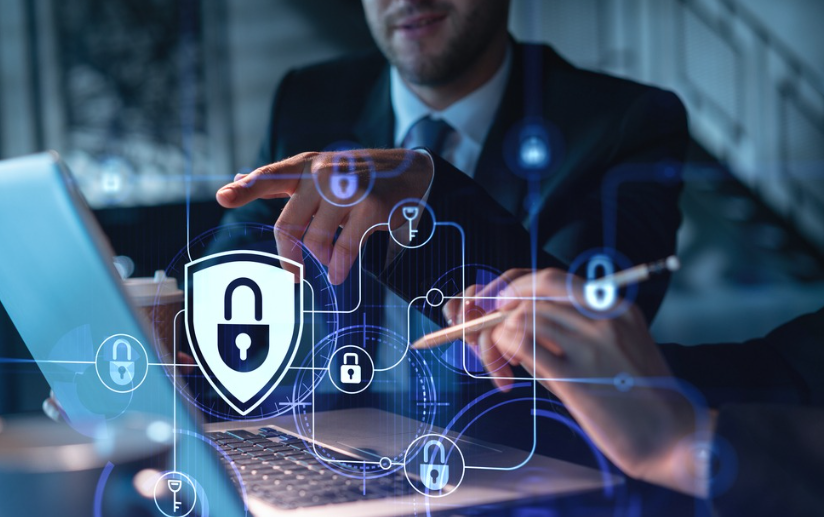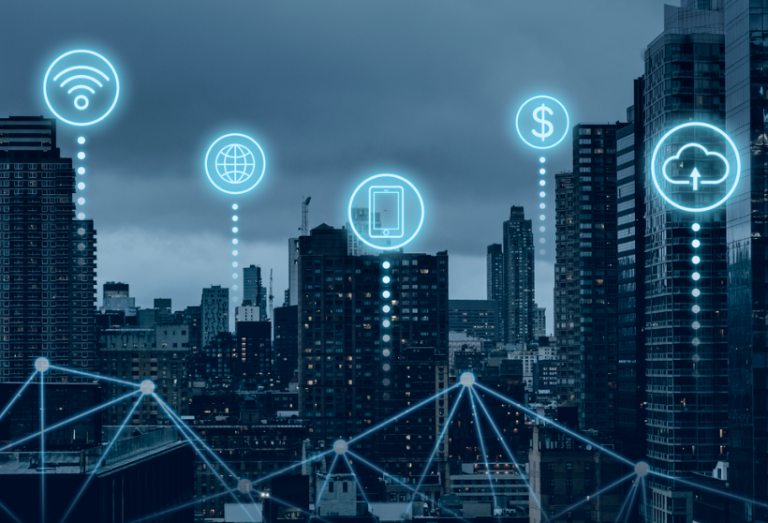Cybersecurity Essentials: Protecting Yourself in a Digital World
In today’s hyper-connected world, where everything from banking to social interactions happens online, cybersecurity is no longer a luxury—it’s a necessity. Cyber threats are evolving constantly, targeting individuals just as much as large organizations. Understanding cybersecurity essentials is crucial to protecting your personal data, privacy, and digital life from malicious actors. This comprehensive guide will equip you with practical knowledge and actionable tips to stay safe in the digital realm.
Understanding Cybersecurity Basics
What Is Cybersecurity?
Cybersecurity refers to the practice of protecting computers, networks, programs, and data from unauthorized access, damage, or theft. It involves a combination of technologies, processes, and practices designed to safeguard digital assets from cyberattacks.
Importance of Cybersecurity in Today’s Digital Age
With personal information increasingly stored and transmitted online, the risk of cyber threats such as identity theft, financial fraud, and privacy breaches has skyrocketed. Strong cybersecurity measures help prevent data loss, financial damage, and reputation harm.
See also: The Environmental Impact of Modern Technology
Common Cyber Threats to Individuals
Individuals face numerous cyber threats daily, including malware infections, phishing scams, and unsecured Wi-Fi networks. Awareness of these threats is the first step to defending yourself effectively.
Types of Cyber Threats
Malware: Viruses, Trojans, and Ransomware
Malware is malicious software designed to infiltrate and damage your device or data. Viruses spread by attaching themselves to legitimate files, Trojans disguise themselves as useful programs, and ransomware locks your data until you pay a ransom.
Phishing Attacks and Social Engineering
Phishing involves deceptive emails or messages pretending to be from trusted sources to trick you into sharing sensitive information. Social engineering exploits human psychology to manipulate you into giving away confidential data.
Identity Theft and Data Breaches
Hackers often steal personal information through data breaches or scams to commit identity theft, which can lead to financial losses and long-term credit damage.
Wi-Fi and Network Vulnerabilities
Public Wi-Fi networks are convenient but often unsecured, making it easy for attackers to intercept your data. Protecting your network connections is essential for online safety.
Creating Strong Passwords and Authentication
Why Strong Passwords Matter
Weak passwords are an open invitation for hackers. A strong password typically includes a mix of letters, numbers, and symbols and avoids easily guessable information like birthdays or common words.
Multi-Factor Authentication (MFA) Explained
MFA adds an extra security layer by requiring two or more verification methods—like a password plus a fingerprint or a code sent to your phone—making it much harder for attackers to gain access.
Password Managers: Pros and Cons
Password managers help generate and store complex passwords securely, reducing the risk of reuse and forgotten credentials. However, relying solely on them requires trusting the software’s security.
Secure Browsing Practices
Recognizing Secure Websites (HTTPS)
Always look for HTTPS in the URL, indicating the site encrypts your data. Avoid entering sensitive information on sites that lack this security.
Avoiding Suspicious Links and Downloads
Be wary of clicking on unknown links or downloading attachments from unsolicited emails, as these are common ways malware spreads.
Using VPNs for Online Privacy
A Virtual Private Network (VPN) encrypts your internet connection, protecting your data from interception, especially on public networks.
Protecting Personal Devices
Updating Software and Operating Systems
Regular updates patch security vulnerabilities and improve protection against the latest threats.
Antivirus and Anti-Malware Tools
These tools detect and remove malicious software before it can harm your system, offering a vital security layer.
Safe Use of Public Wi-Fi Networks
Avoid accessing sensitive accounts on public Wi-Fi or use a VPN to secure your connection.
Social Media and Privacy Settings
Managing Privacy Controls on Social Platforms
Adjust settings to limit who can see your posts and personal information.
Risks of Oversharing Personal Information
Sharing too much can expose you to identity theft and scams.
Recognizing Fake Profiles and Scams
Be cautious of suspicious friend requests or messages asking for money or sensitive info.
Recognizing and Responding to Cyber Attacks
Signs Your Device May Be Compromised
Unusual behavior like slow performance, pop-ups, or unknown programs can indicate malware.
Steps to Take After a Security Breach
Disconnect from the internet, change passwords, scan for malware, and notify relevant parties.
Reporting Cybercrime
Report incidents to authorities and platforms to help prevent further attacks.
Backup and Recovery Strategies
Importance of Regular Backups
Backups ensure you can restore your data if lost or corrupted.
Cloud Storage vs. Physical Backups
Cloud services offer convenience and off-site protection, while physical backups give you control and offline security.
Recovery Plans for Cyber Incidents
Having a clear plan reduces downtime and data loss during cyber incidents.
Cybersecurity for Remote Work and Online Learning
Secure Communication Tools
Use encrypted platforms for video calls and file sharing.
Best Practices for Home Network Security
Change default router passwords and enable network encryption.
Protecting Sensitive Work Data
Use VPNs, strong passwords, and keep work devices updated.
The Role of Cybersecurity Awareness and Education
Staying Updated on Emerging Threats
Cyber threats evolve, so continual learning is essential.
Resources for Continuous Learning
Follow trusted cybersecurity blogs, official alerts, and training programs.
Promoting Cyber Hygiene in Communities
Educate friends and family to create a safer online environment.
FAQs: Common Cybersecurity Questions Answered
Q1: How often should I change my passwords?
It’s best to update passwords every three to six months or immediately if a breach occurs.
Q2: What is phishing and how to avoid it?
Phishing is a scam to steal information through fake emails or sites. Avoid clicking unknown links and verify sources before sharing data.
Q3: Are public Wi-Fi networks safe?
Public Wi-Fi is generally risky without protection; use a VPN or avoid accessing sensitive info on such networks.
Q4: How do I know if my device is infected with malware?
Signs include slow performance, frequent crashes, pop-ups, and unknown programs running.
Q5: What is two-factor authentication?
It’s an added security step requiring two types of verification to access accounts.
Q6: How can I protect my children online?
Use parental controls, educate them about online risks, and monitor their activity.
Conclusion
Cybersecurity essentials are vital for protecting yourself in today’s digital world. From creating strong passwords to recognizing phishing attempts, staying informed and proactive can significantly reduce your risk of cyber threats. By adopting these practices, you empower yourself to navigate the digital landscape safely and confidently. Remember, cybersecurity is an ongoing journey—keep learning, stay vigilant, and protect your digital life every step of the way.



